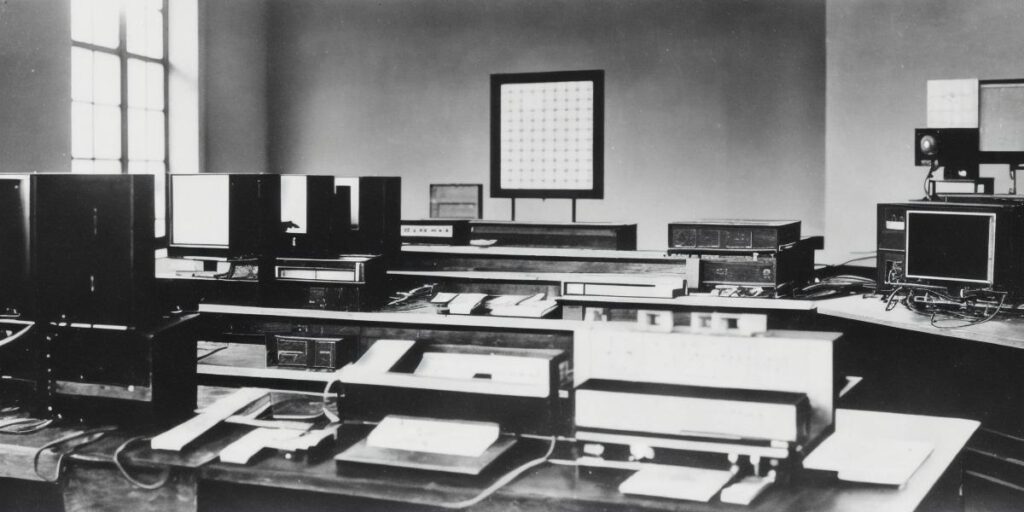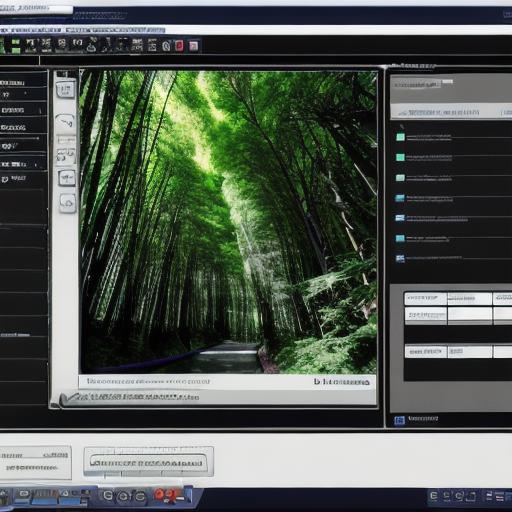When did software testing first begin

Software testing has been a critical part of the software development process for decades, but it’s not as old as you might think. In this article, we’ll explore when software testing first began and how it has evolved over time.
The Evolution of Software Testing
Before we delve into the history of software testing, let’s take a look at some of the key milestones in its evolution:
- Unit Testing: In the early days of software development, unit testing was a relatively new concept. It involves testing individual components of software to ensure they are functioning correctly before integrating them into the larger system. Today, unit testing is an essential part of the software testing process and helps to catch bugs early on in the development cycle.
- System Testing: As software systems grew more complex, system testing emerged as a way to test the entire system end-to-end. This type of testing involves simulating real-world scenarios and ensuring that the software behaves as expected under those conditions.
- Acceptance Testing: Acceptance testing is the process of verifying that the software meets the requirements and specifications set forth by the client or end-user. It’s often the final step in the software testing process before the product is released to the public.
- Load Testing: Load testing is a type of stress testing that simulates heavy usage of the software to determine how well it can handle high loads without crashing or slowing down. This type of testing helps to ensure that the software can handle peak loads and is scalable.
- Performance Testing: Performance testing involves measuring the speed and efficiency of the software under different conditions, such as high traffic or low resources. This type of testing helps to identify bottlenecks and optimize the software for better performance.
The Beginning of Software Testing
Now that we’ve covered some of the key milestones in the evolution of software testing, let’s explore when it all began.
One of the earliest documented cases of software testing can be traced back to 1945, when British engineer Tommy Flowers tested the Colossus, a code-breaking machine used by the Allies during World War II. Flowers used a series of test cards and test programs to ensure that the machine was functioning correctly before it was deployed in the field.
Another early example of software testing can be found in the development of the first computer, ENIAC (Electronic Numerical Integrator And Computer), in 1945. The team behind ENIAC conducted extensive testing to ensure that the machine was functioning correctly and could handle complex calculations without errors.
The Birth of Software Quality Assurance
As software testing continued to evolve, a formal process for ensuring software quality emerged. In the 1960s, software quality assurance (SQA) was established as a way to ensure that software met specific quality standards and was free from defects. SQA involved the creation of test plans, test cases, and other documentation to ensure that the software was thoroughly tested before release.
Today, software testing has become an essential part of the software development process, with many organizations investing heavily in testing tools and processes to ensure that their products are of high quality and free from defects.
Real-Life Examples of Software Testing


To illustrate how software testing works in practice, let’s look at some real-life examples:
- Testing for Bugs: When a new version of an application is released, testers will typically search for bugs or defects that could cause the software to crash or behave unexpectedly. They may use automated testing tools or manual testing techniques to identify these bugs and report them to the development team for fixes.
- Performance Testing: Before a new software product is launched, testers will often conduct performance testing to ensure that the software can handle high loads without slowing down or crashing. This type of testing helps to optimize the software for better performance and ensure that it meets the needs of end-users.